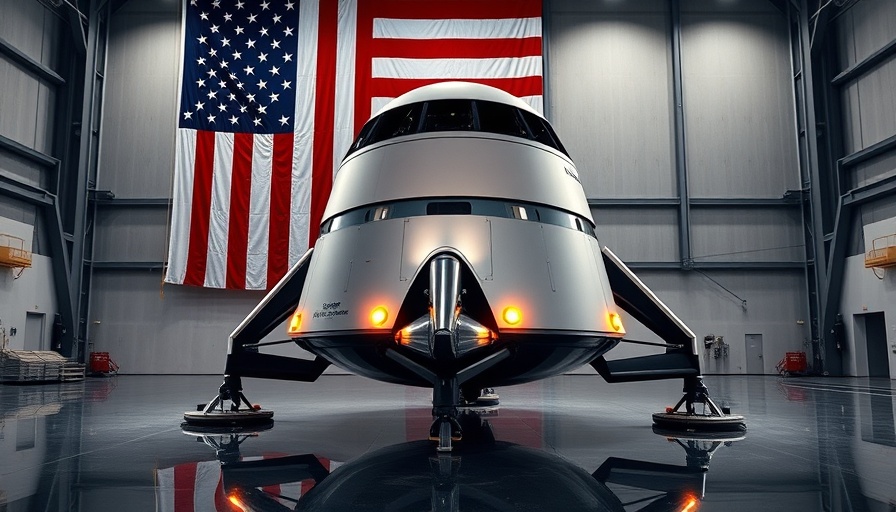
Intuitive Machines Sets Course for the Moon
On February 26, 2025, Intuitive Machines is set to launch its second lunar lander, named Athena, from NASA's Kennedy Space Center atop a SpaceX Falcon 9 rocket. This mission, officially known as IM-2, marks a significant step forward in the realm of commercial space exploration, following the company's historic first successful moon landing in February 2024 with the Odysseus lander.
The Importance of the Lunar South Pole
Athena's targeted landing zone is near the moon's south pole, specifically at Mons Mouton, an area of significant research interest due to its potential water ice deposits. These resources are crucial for future human exploration missions. Previous studies suggest that water ice might exist in the moon's permanently shadowed craters, which can directly influence water resource utilization for astronauts.
Objectives and Technology on Board
The mission aims to deploy a suite of scientific instruments, including the Polar Resources Ice Mining Experiment 1 (PRIME-1). This device features two critical components: the TRIDENT drill, which will extract samples from approximately three feet below the lunar surface, and the MSolo mass spectrometer to analyze these samples for ice and carbon dioxide. This effort highlights the increasing importance of in-situ resource utilization (ISRU) for sustainable space missions.
Learning from Past Experiences
Intuitive Machines' previous mission, IM-1, faced challenges when the Odysseus lander tipped over upon landing. Despite the setback, crucial data were gathered which will inform the performance of Athena. Senior Vice President Trent Martin has expressed hopes for a more precise landing this time around, aiming to leverage lessons learned from the earlier mission.
Engaging the Next Generation of Space Explorers
The IM-2 mission encompasses multiple partners and technologies showcasing the trajectory of innovation. NASA's goal through the Commercial Lunar Payload Services (CLPS) program is to stimulate the commercial space sector by collaborating with private companies in delivering scientific payloads to the moon, ultimately setting the stage for future crewed missions under the Artemis program.
Conclusion: Why This Mission Matters
Athena's journey to the moon is a poignant reminder of humanity's quest for exploration and innovation in outer space. As companies like Intuitive Machines step forward, we are witnessing a new era of collaborative ventures that can potentially reshape our understanding of the universe. The findings from this mission could pave the way for establishing a lasting human presence on the moon and beyond.
 Add Row
Add Row  Add
Add 


Write A Comment